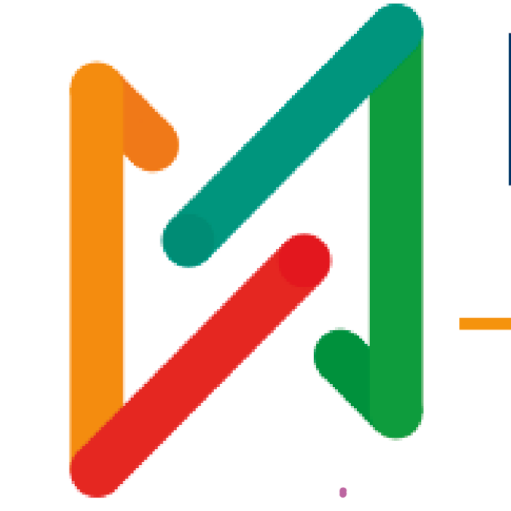Lets first go over basics of cataloguing before
You want to tell an imaginary story to your five year old son. He is all excited. You are munching in your mind what all to tell. You imagine the entire sequence of your story. The imagine the start, the middle portion, the end, events in the story and so on. You take a good an hour or two to imagine this story. Now this is referred to WORK in FRBR (Functional Requirements for Bibliographic Records). This is the creative portion of the process.
Now you go to bed with your son and patiently articulate the entire story to him. He is all excited about the story. You sing songs, you make him laugh and you bring your facial expressions to it. You bring life to your WORK. Now this is the second phase, i.e. EXPRESSION as per FRBR.
Your two year old daughter who is on the other side of the room wants to catch your attention and hear this story. So, you tailor your story to have more action and less of words. You connect with your work to her. This is the second form of EXPRESSION of your own WORK. Third day your neighbour’s son hears about the story from your son. He wants to hear it. But he does not understand your language. So you have to tell it in a different language. Now that is form of EXPRESSION for your WORK.
One week passed and you become a famous story teller. Someone comes with an audio casette recorder to record your story. They will record your whole story. Now your conceptual WORK which is EXPRESSED in sound has now MANIFESTED into an audio casette.
You become even more focus. A local school approaches you to give a written copy of the story for them to share it with students. You painstakingly write a manuscript out of that. A publisher comes and says you should apply for an ISBN for that story book. Now the whole imaginary now has MANIFESTED into a book form,
And that does not end. You MANIFEST your work into a video casette as well. You also come up a story book suitable for kids below 5 year old. You write a revised form for kids above ten years. You come with a comic kind of book. You even write that work into a drama that can be played.
Wow! Your one imaginary story has now manifested into so many forms. It is an audio casette, it is a video, it a textual story book, it is a graphical comic book, it is a drama type story book, it is now a poetic book. Your one work which you have expressed to your son originally has now manifested into over ten forms. Each is now identified by a different ISBN as appropriate.
Then finally you realize one copy is not enough. Various publishers, audio casette recorders, video recording studios get publishing rights on your work and publish them. Thousands of copies of your work are now available in various forms. A library wants to stock a few copies of each them. They give accession number to each ITEM.
This is the entire concept behind Functional Requirements for Bibliographic Records. As you can see above, an original work, which has been expressed for multiple audiences has manifested into different forms which are now stories as multiple items in the libraries.
Lets see how to catalogue these.
Now for your library, the last part is the easiest. You have given accession number to each book. How do you group them? In Easylib, we call the grouping as Title Number at the level of manifestation of the work expressed into different forms. Generally each has a separate ISBN number. Then what about those two higher levels, work and expression? They are both imaginary and not physically or electronically visible. You can only see and feel the work only when it has been expressed into a form that you can identify. So, we can leave it as is. However just to ensure we do not lose that information, we are now adding a new field by name work number to catalogue screen.
What about MARC 21?
When you want to share information with someone else, you want to ensure you share it in a format that everyone understands. It is like building your own car. You keep steering at the place where it should be. You follow ABC – Accelerator, Break and Clutch, in the same order right to left. You ensure that your tires use of the standard measurement of tyres. That way your car is universally adaptable. MARC is kind of the same. You agree on what to call a title as, author as and publisher as and so on. Thats why you have 100, 245, 900 and many more numbered items.
Now in Easylib screens, we have kept it all simple. You simply catalogue items using english like headings of the fields. We go ahead and convert them into MARC 21 numbers.
Thats about it. Go through Easylib catalogue and accession screen on how we have actually implemented it.
